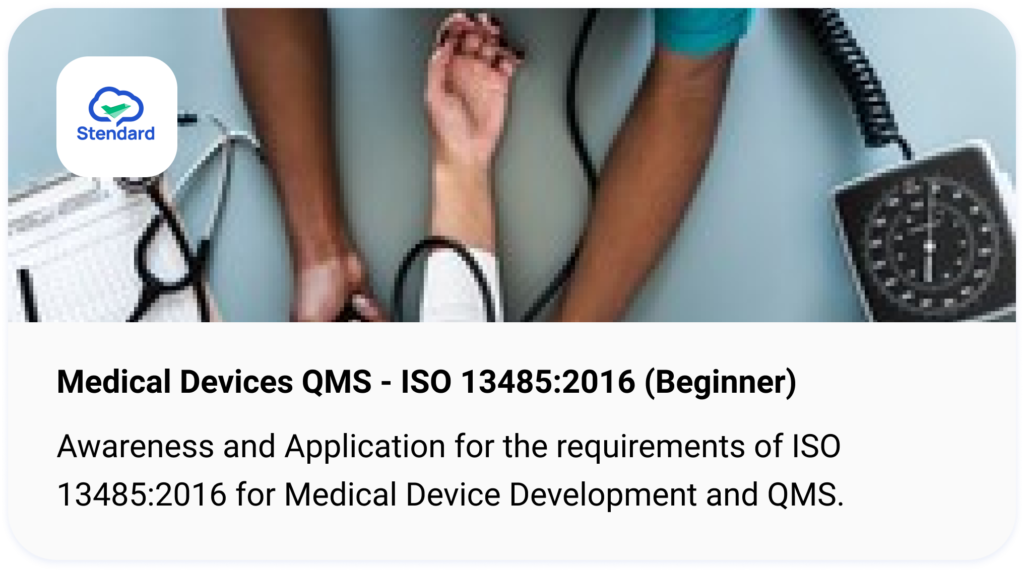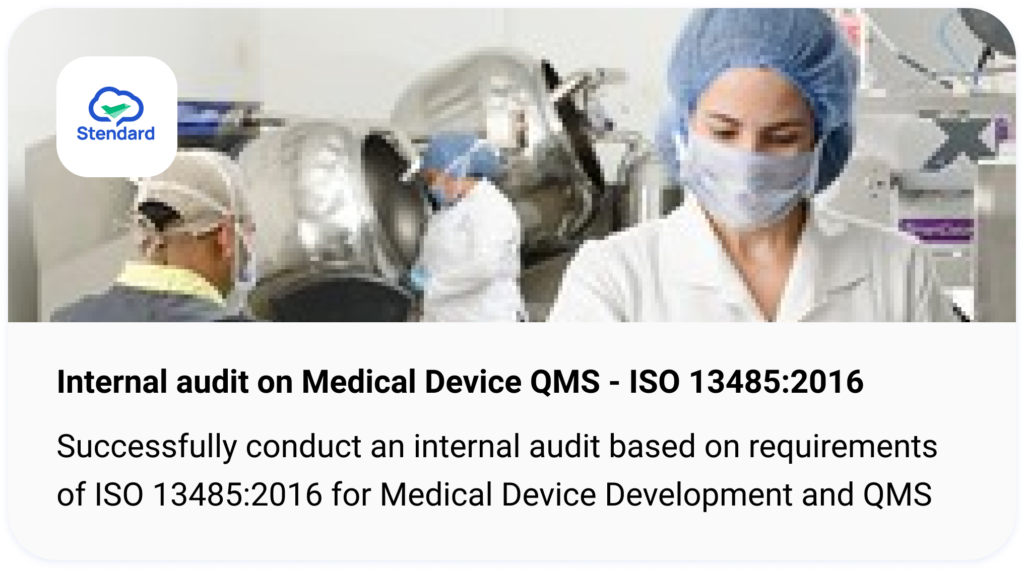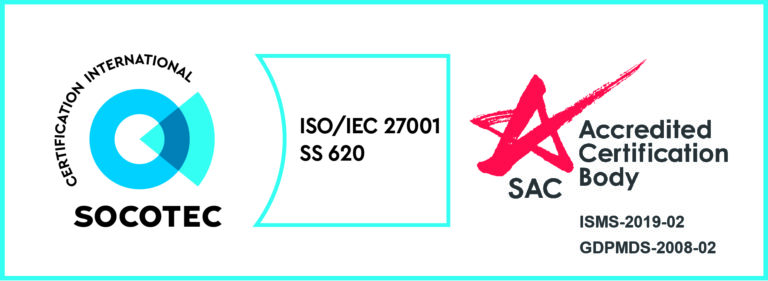What is the meaning of EHS?
EHS is an acronym for Environment, Health and Safety. It refers to the methodology that studies and implements the various practices that protect the environment and maintain health and safety at your workplace.
According to the World Health Organisation (WHO) in 2016, attribution from modifiable environmental risk factors led to 12.6 million global deaths. 14 Forum countries including Singapore, contributed to about 32% (over 4 million deaths) of it.
With the various legislation in place, EHS in Singapore is regulated strictly as well. One of the legislation is the Environmental Protection and Management Act (Chapter 94a) which lists the legal requirements along with the penalties for any breaches.
At the end of this article, you should be able to:
- Understand what is EHS in Singapore
- Understand the importance of EHS in Singapore
- Grasp the cost of EHS compliance
- Learn how to set up an Environmental Management System
What is EHS Singapore?
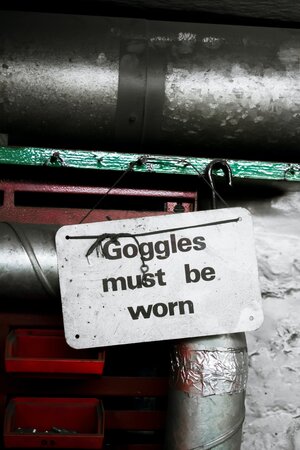
In 1972, the Ministry of Sustainability and the Environment (MSE) was set up to tackle pollution control, sewerage, drainage and environmental issues.
Later on, in 2002, a new statutory board – the National Environment Agency (NEA) was formed to target the implementation of environmental policies.
Since then, numerous legislations were passed and administered by NEA in accordance with the permission granted by the Government of Singapore. These legislations serves to protect the environment, health and safety of employees and public members from hazards associated with the workplace.
Importance of EHS in Singapore
With the various legislation in place, EHS in Singapore is vital. Regulations have been set in place along with the legislations to covers areas such as air, trade effluent, hazardous substances, noise, vehicular emissions, fire safety and many more to protect the environment, employees and public.
Organisations in Singapore have to comply with these regulations as there are penalties involved for breaches.
Is EHS expensive?
In Singapore, EHS is inexpensive due to the availability of government initiatives such as grants to cover the various services needed for environmental protection and waste management.
Another option for managing the environment, health and safety (EHS) in Singapore is through the implementation of an Environmental Management System, compliant with the ISO 14000 family of standards.
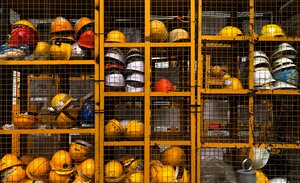
NEA also advises organisations to adhere to the Safety Audit Guidelines that spurs organisations to adopt auditing guidelines under the ISO 14000 category. Under this scheme, organisations may conduct their own in-house audit service or engage NEA’s services where accredited consultants are able to perform an audit.
Implementing an Environmental Management System also provides confidence for your organisation and customers, acting as a stepping stone to attain various licenses depending on the nature of your organisation and the product & service you provide.
Therefore, if your organisation is interested and is willing to take up various grant offers by the Government, the cost of EHS in Singapore may be reduced!
Setting up an Environmental Management System (EMS)
ISO 14001:2015 Environment Management Management System – Requirements with Guidance for use is an international standard recognised by NEA Singapore as well.
This standard aims to assist organisations by contributing to the environmental pillars of sustainability, addressing the EHS requirements in Singapore. It is also a common approach to many organisations by integrating with other standards for quality (ISO 9001), occupational health and safety (ISO 45001). With this integration, environmental health and workplace safety is ensured for your organisation’s workers as well.
To ensure compliance, the following guide briefly outlines the requirements that should be adopted by your organisation in order for the successful implementation of the EMS.
1. Context of the Organisation
Identification of internal and external issues, determining interested parties and their needs and expectations as well as the scope of your environmental management system.
2. Leadership
Top management is required to demonstrate leadership and commitment by adhering to the listed requirements such as taking accountability for the effectiveness of the EMS and ensuring that the environmental policy and objectives are in line with your organisation’s business strategic direction.
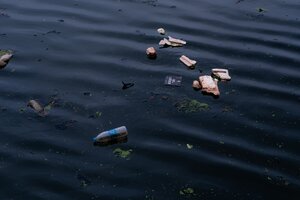
3. Planning
Using a risk-based approach, your organisation should implement and maintain processes as well as determine the risks and opportunities for the issues mentioned in the context of your organisation, environmental aspects (greenhouse gas emissions, releases to water and land, use of energy etc.) compliance obligations and planning action.
4. Support
Determination of the provision of resources for the establishment, implementation, maintenance and continual improvement of the EMS should be done by the organisation. Ensuring competence, awareness, communication and documented information are also required.
5. Operation
Your organisation will be required to set up controls such as procedures to take into account environmental requirements during the design and development, procurement and distribution of products and services depending on the nature of your business.
Controls shall also be implemented to prepare for any emergency or changes to mitigate the impact on the surroundings.
6. Performance Evaluation
Environmental performance is required by your organisation to be monitored and evaluated through management reviews and internal audits to ensure compliance.
Any monitoring or measuring tools used should also be calibrated and verified prior to usage.
7. Improvement
Opportunities for improvement in your EMS should also be determined by your organisation. This may be done through the handling of nonconformities and corrective actions.
Continuous improvement of the EMS should also be practised to ensure that your organisation is able to safely provide the products and services of your business while ensuring environmental performance.
Conclusion
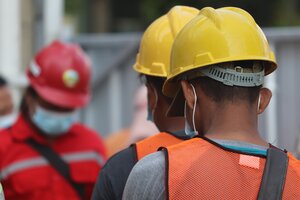
EHS in Singapore has always been crucial and is strictly enforced with multiple legislations and regulations. NEA who is responsible for a clean and sustainable environment in Singapore also strongly supports projects and initiatives by providing grants.
The ISO 14001 standard can help your organisation ensure that your product and services provided do not affect the environment adversely. This standard also provides a good image for your organisation, portraying one that focuses and maintains environmental health and safety.
If you prefer to have someone to speak with, please feel free to drop us an inquiry.
At Stendard, we believe that quality is everyone’s business because it takes a team to consistently deliver and uphold great standards that build confidence with customers, partners and the community. We are a competent group of experts who can provide consultancy support and advice on using technological platforms for your company through this journey. We are committed to supporting your organisation in the successful implementation of the environment, health and safety management system by complying with the ISO 14001 standard.


